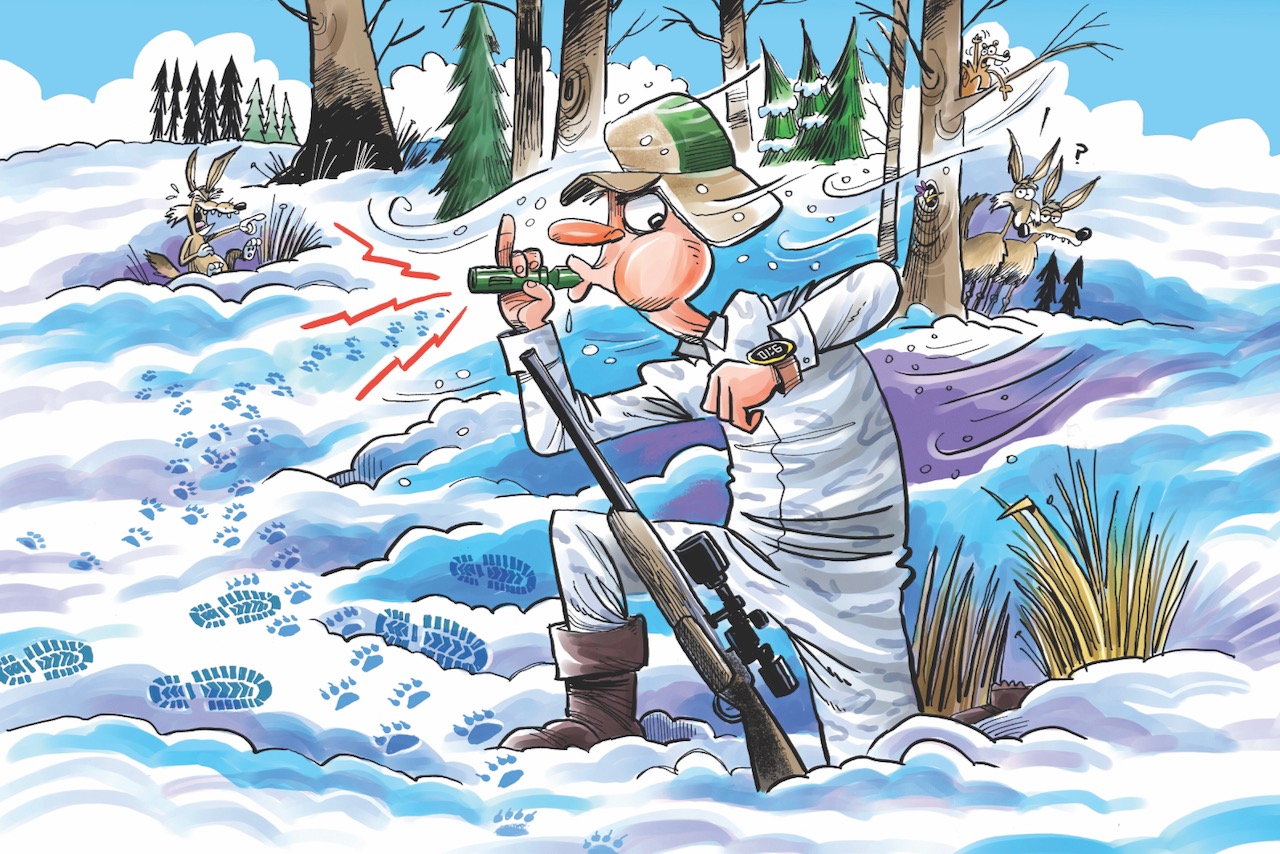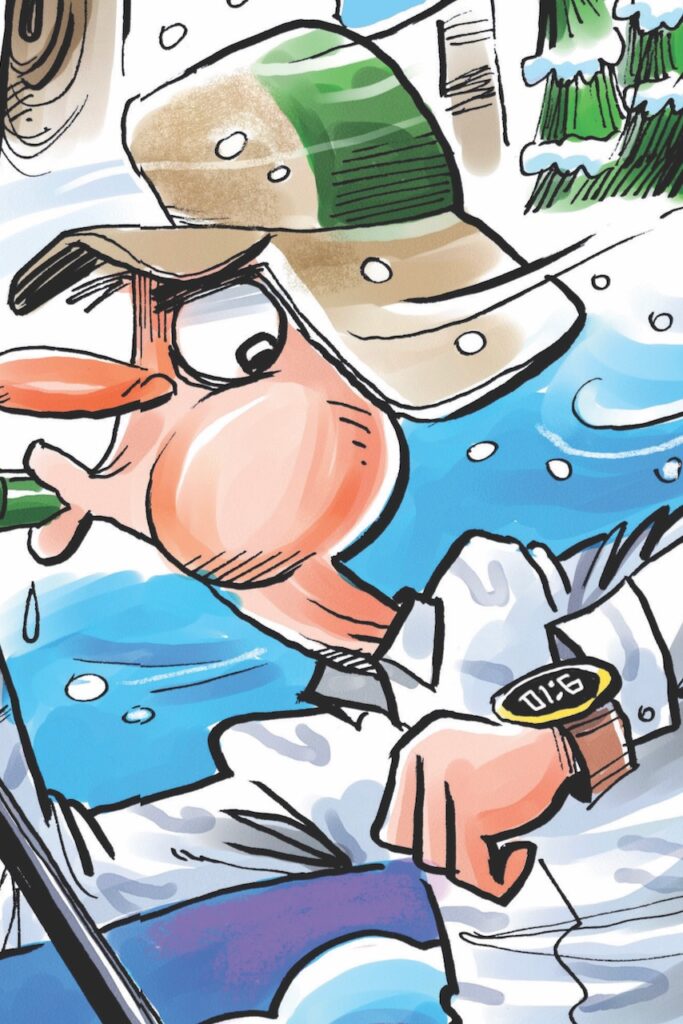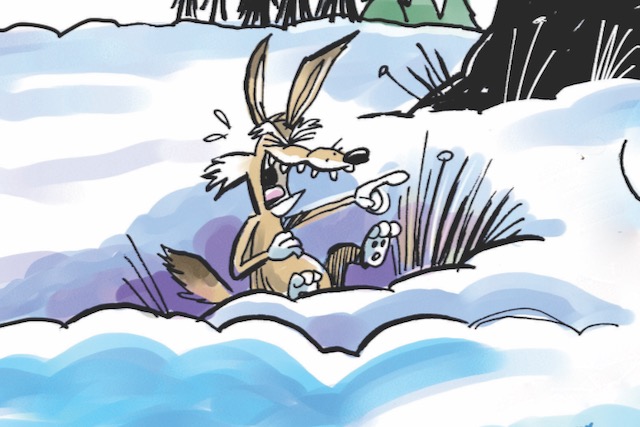COYOTE UGLIES
Five ways to completely botch your coyote hunt—and how to avoid them in the first place
Advertisement
#5 GIVE UP TOO SOON
Many hunters often don’t see incoming coyotes—let alone shoot at them—simply because they give up and move on too soon. I’m guessing that’s happened to me many more times than I realize. I recall one session, for example, when I was calling to a large willow bluff that I knew sometimes held coyotes. My partner and I were set up on a shallow hill 90 yards from the cover. The sun was bright, there was a stiff crosswind and I could see several hundred yards across an open field, but I just didn’t think anything was around. After calling for 30 minutes, we quit, stood up and gathered our gear. As I glanced over my shoulder, there it was at 250 yards—a lone coyote trotting in our direction. He busted us and the jig was up. Lesson learned.
Advertisement
Now, whenever I’ve seen a coyote enter a woodlot or I know the location of an active den site, or if it’s a big area and the coyotes can approach from a long way off, I wait for 45 minutes as a general rule. Still, I know lots of hunters who feel that if a coyote hasn’t shown up within 20 minutes, it’s time to head for a new spot. Sure, coyotes often respond immediately, and most make an appearance within 10 to 20 minutes. However, many also make an appearance at the 35- to 40-minute mark. I’ve even had them come in an hour after I started calling.
Be assured that many coyotes will sneak in under cover, sit down and listen for a long time before continuing and eventually exposing themselves. That is especially true with call-shy coyotes, in areas where the hunting pressure is high. Give up too soon after calling, and you just may be giving up your shot opportunity, too.
Advertisement
BONUS TIP: MIND THE DETAILS
The number of ways to mess up your coyote hunt doesn’t stop with these five faux pas. From overhunting or overcalling to making yourself too visible or using an improper rifle, the list is long. In the end, a successful hunt is all about paying attention to the fine details. Understand how a coyote uses its senses of sight, hearing, and smell to evaluate the authenticity of your set-up, and you’ll be well on your way to not messing up your hunt.



